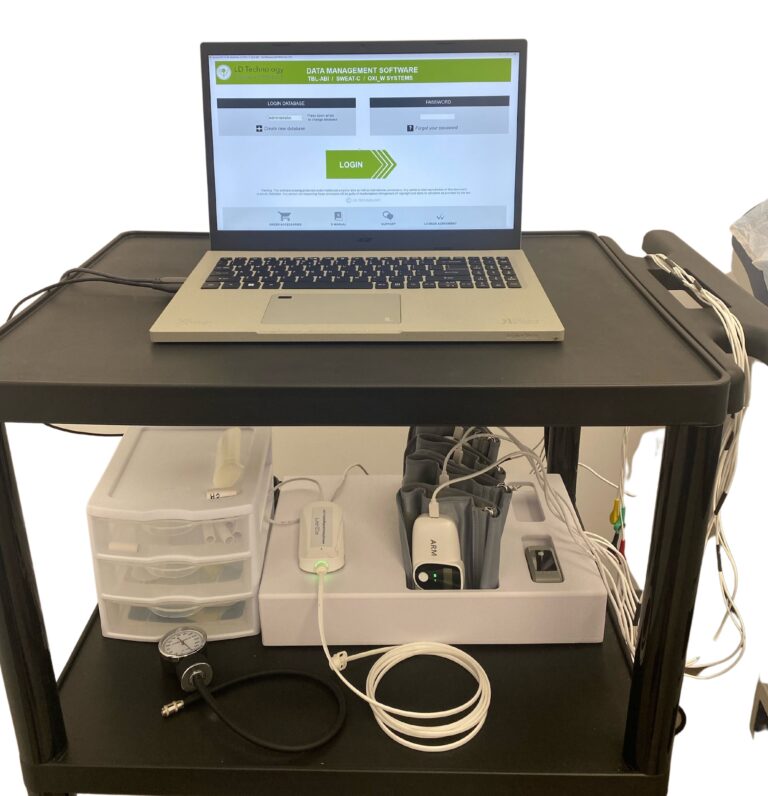Understanding the Diagnostic Challenge
Small fiber neuropathy (SFN) and peripheral arterial disease (PAD) can both present with lower extremity symptoms such as burning, tingling, and pain. While the clinical differences between PAD and small fiber neuropathy are well understood, overlapping symptoms in patients with diabetes or metabolic syndrome can still complicate the diagnostic process. The TM Flow System is designed to streamline this process by helping you identify whether the root issue is vascular or autonomic in nature.
PAD vs. SFN: A Quick Contrast
PAD is caused by narrowed arteries that limit blood flow to the limbs, while SFN results from damage to the small unmyelinated fibers involved in autonomic function and pain signaling. Both can lead to similar sensory complaints, which often delays diagnosis when relying on subjective assessments alone. In patients with overlapping risk factors, a fast and reliable in-office method to distinguish between the two is critical.
What the TM Flow System Measures
The TM Flow System integrates three non-invasive tests into a single workflow: ankle-brachial index testing (CPT 93922), galvanic skin response for sudomotor function (CPT 95923), and heart rate variability testing (CPT 95921). Together, these modalities allow you to assess both peripheral circulation and autonomic nervous system activity in a matter of minutes.
A Side-by-Side Example of Clinical Differentiation
A patient presenting with lower limb pain and numbness may show reduced ABI values on the TM Flow report, indicating impaired blood flow and suggesting PAD. If the autonomic markers remain stable, you can confirm the vascular origin with greater confidence. Conversely, if the ABI appears normal but autonomic markers show significant dysfunction, SFN becomes the more likely diagnosis. This clarity eliminates guesswork and helps avoid unnecessary referrals or imaging.
Implications for Care and Referral
By offering immediate results and a side-by-side visual summary of vascular and autonomic data, the TM Flow System supports timely decision-making. If PAD is confirmed, vascular referral and further imaging may be warranted. If SFN is identified, you can pursue additional testing for underlying causes such as diabetes, autoimmune disorders, or neurodegenerative conditions. Either way, you’re equipped to act decisively.
Supporting Reimbursement and Workflow Efficiency
In addition to clinical value, The TM Flow System fits seamlessly into the primary care workflow and supports reimbursement with well-established CPT codes. Providers can deliver precise, evidence-backed care while optimizing practice efficiency and financial sustainability.
A Smarter Approach to Symptom Clarity
The TM Flow System allows you to differentiate between SFN and PAD at the point of care, ensuring that patients receive the right diagnosis and appropriate follow-up. In a clinical landscape where overlapping symptoms can cloud judgment, this tool brings data to the forefront—sharpening your ability to treat with confidence.






